Highlights:
- Introduces a meshless framework for solving nonlinear PDE inverse problems on irregular geometries.
- Utilizes spectral basis parameterization defined on a hyperrectangle enclosing the physical domain.
- Employs loss-function optimization inspired by Physics-Informed Neural Networks (PINNs).
- Demonstrates exponential convergence across a wide range of PDEs using machine learning-inspired optimization.
TLDR:
Researchers James V. Roggeveen and Michael P. Brenner propose a new meshless spectral-based technique for solving inverse and optimization problems involving nonlinear PDEs on irregular geometries, achieving exponential convergence and superior computational efficiency.
A groundbreaking study by James V. Roggeveen and Michael P. Brenner introduces a novel computational framework that addresses one of the most persistent challenges in applied mathematics and computational physics: solving inverse and optimization problems involving nonlinear partial differential equations (PDEs) on irregular geometries. Their work, *Meshless Solutions of PDE Inverse Problems on Irregular Geometries* (arXiv:2510.25752v1), redefines how scientists and engineers approach simulation, modeling, and optimization in complex domains.
Traditional methods for solving PDEs rely heavily on mesh-based discretizations, which struggle when confronted with irregular or evolving spatial domains. Roggeveen and Brenner’s approach eliminates this dependency by using a ‘meshless’ solution representation. They parameterize the solution through spectral bases constructed over a hyperrectangle that encloses the true spatial domain. This representation enables exponential convergence rates and significantly simplifies the enforcement of boundary conditions and optimization constraints.
The core innovation lies in integrating the principles of Physics-Informed Neural Networks (PINNs). The method formulates an optimization problem whose loss function enforces PDE residuals, boundary conditions, and target objectives — effectively blending numerical analysis with machine learning optimization protocols. Empirical tests reveal that the approach not only achieves exponential convergence but also allows for natural inclusion of data assimilation tasks. This versatility makes it a powerful tool for simulations across fluid dynamics, materials science, and geophysics, where irregular geometries are the norm.
Roggeveen and Brenner’s results demonstrate that modern machine learning optimization techniques can unlock new levels of performance in computational physics. By bridging spectral methods, optimization theory, and neural network paradigms, this meshless solution paves the way for next-generation PDE solvers capable of handling increasingly complex real-world problems with unprecedented accuracy and efficiency.
Source:
Source:
Based on the research paper: James V. Roggeveen and Michael P. Brenner, ‘Meshless Solutions of PDE Inverse Problems on Irregular Geometries,’ arXiv:2510.25752v1 [math.NA], https://doi.org/10.48550/arXiv.2510.25752
